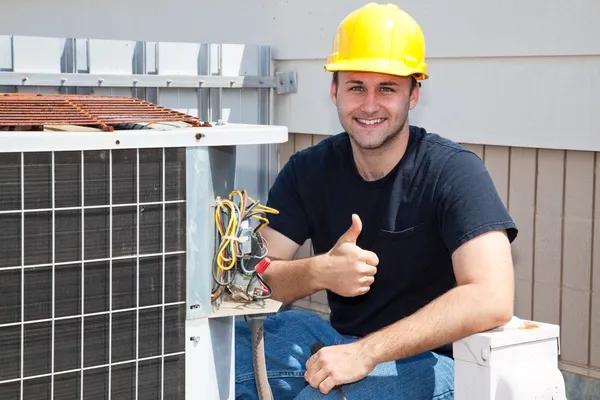Ensuring a smooth and efficient air conditioning installation begins with careful planning and preparation. The first step is to select the right type of air conditioning system that suits your space, budget, and cooling needs. Understanding the size of the area to be cooled is essential because an undersized unit will struggle to maintain comfort, while an oversized one can lead to energy inefficiency and increased costs. Consulting with a professional technician or HVAC specialist can help determine the appropriate capacity based on room dimensions, insulation quality, and local climate conditions.
Once you have chosen the correct system, it’s important to hire a qualified installer who has experience with similar projects. Researching credentials, reading customer reviews, and verifying licenses ensures you work with someone reliable. A professional installer will assess your home’s existing infrastructure such as electrical wiring and ductwork to confirm if any upgrades are necessary before installation begins. This assessment helps prevent unexpected complications during the process.
Preparing your home ahead of time also contributes significantly to efficiency. Clear access points where equipment will be installed both inside and outside your property so technicians can work without obstruction. If furniture or other items need to be moved temporarily from installation areas, arranging this beforehand saves time on-site. Additionally, make sure pets are secured away from work zones for their safety.
During installation day, effective communication between you and the technician plays a vital role in ensuring everything runs smoothly. Discuss any special requirements or preferences upfront so they can be accommodated early on rather than causing delays later. Asking questions about how long each phase might take provides realistic expectations about project duration.
After completing the physical setup of components like indoor units, outdoor condensers, refrigerant lines, and electrical connections, thorough testing must follow immediately. The technician should verify that all parts operate correctly by checking airflow strength, temperature regulation accuracy, drainage systems for condensation removal efficiency as well as overall noise levels produced by equipment operation.
Finally, obtaining detailed instructions on maintenance routines guarantees long-term performance reliability after installation concludes successfully. Regular filter replacements along with scheduled servicing prevent breakdowns while improving energy savings over time.
By following these guidelines-choosing suitable equipment through expert advice; hiring skilled professionals; preparing your environment properly; maintaining clear communication throughout; confirming proper function post-installation; understanding upkeep-you create favorable conditions for a hassle-free air conditioning installation setup tailored specifically for comfort needs today as well as future seasons ahead without unnecessary disruptions or expenses arising unexpectedly down the line.




